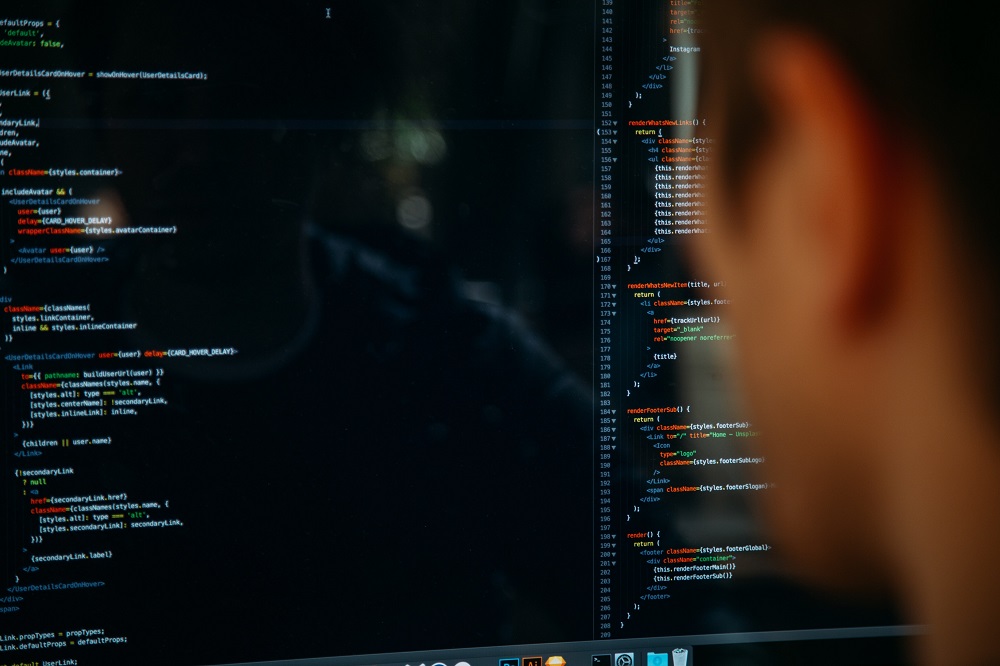Considering the ongoing battle between hackers and security experts, cybersecurity is escalating due to ongoing advances in technology. Always portrayed as a glamorous side of the business where cyber threats sometimes originate from hostile foreign states, and tech-savvy criminal masterminds on entertainment media threats are likely to emerge due to improperly secured networks. This accidentally exposes sensitive data on non-secured devices, making them prone to theft.
A shift in work-from-home and a remote working culture that started during the pandemic and is still prevalent in many organizations, along with the spread of the internet of things (IoT) into every business domain, implies there has never been more opportunity for lax security to cause severe expense. Due to this, cybersecurity is emerging as a top agenda for every business in 2023. Let's explore some of the key trends in 2023:
Read more: Data Fabric and Architecture: Decoding the Cloud Data Management Essentials
Cybersecurity Trends in 2023
Trend 1: Work-from-home Cybersecurity to become a Priority for Organizations
Cybersecurity is becoming a priority for many organizations to secure their millions of devices worldwide that are being used for home and remote working. In the pre-pandemic era, when all the operations were office-based, it was easy for the security and IT departments to check and update company laptops and smartphones. This made it simple to guarantee that all the devices and operations were free of spyware and malware. In 2023, with employees still using their devices to connect to work networks remotely, a new set of challenges are on the rise.
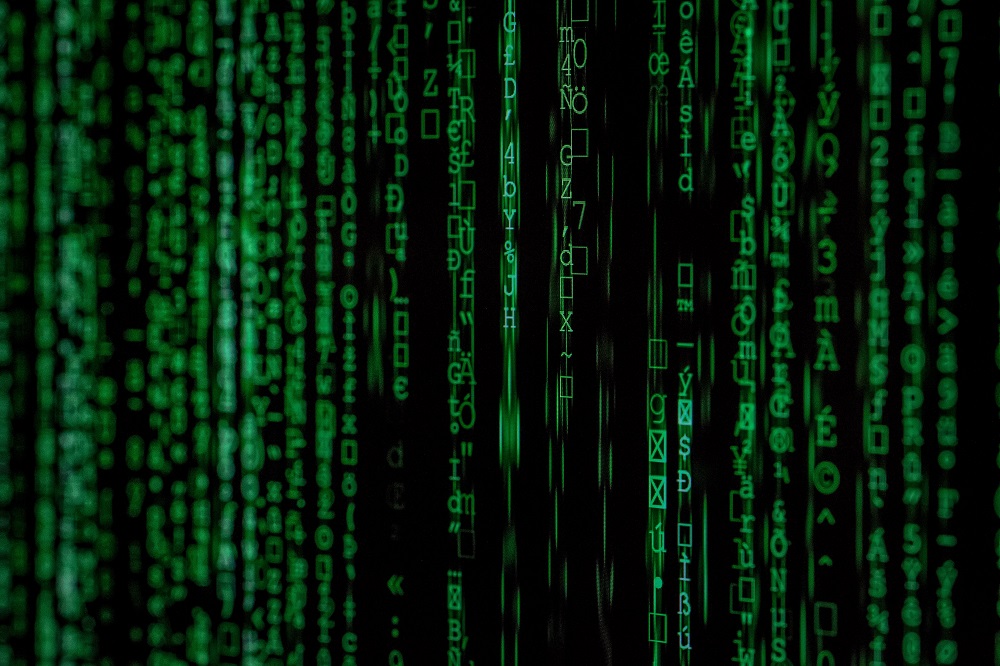
Establishing a connection of networks with non-secured devices can lead to employees falling victim to phishing attacks. With more employees working remotely, there are chances that employees working in teams may not know each other as well and are likely to be at risk of falling for impersonation scams. It can also stimulate ransomware attacks, where the organizational software may get injected into networks that are likely to erase valuable data. With cyber risks on the rise in remote working situations, organizations need to employ stern security measures to foster a secure data environment.
Trend 2: The Risk of the Internet of Things (IoT) Landscape is set to intensify
A recent Gartner study estimated that by the end of the year 2023, there would be three times more IoT devices than humans. And by 2025, an average connected human is likely to interact with an IoT device every 18 seconds. And these interactions will have to be secured appropriately. With the IoT sector growing consistently over the last decade, it will continue to help avert the increasing cyber risk for organizations. Some mitigation within IoT will be achieved by new regulations, which help introduce mandatory cybersecurity guidelines for products. However, the law may not have authority until 2025. It is time for businesses to focus on connected device cyber practices and establish or update their information security policies and procedures. Organizations also need to update their IoT-connected devices inventories to monitor and patch devices more closely and secure the endpoints to respond to incidents at a quick pace.
Read more: Tech-Related Ethical Concerns Businesses Should Address in 2022
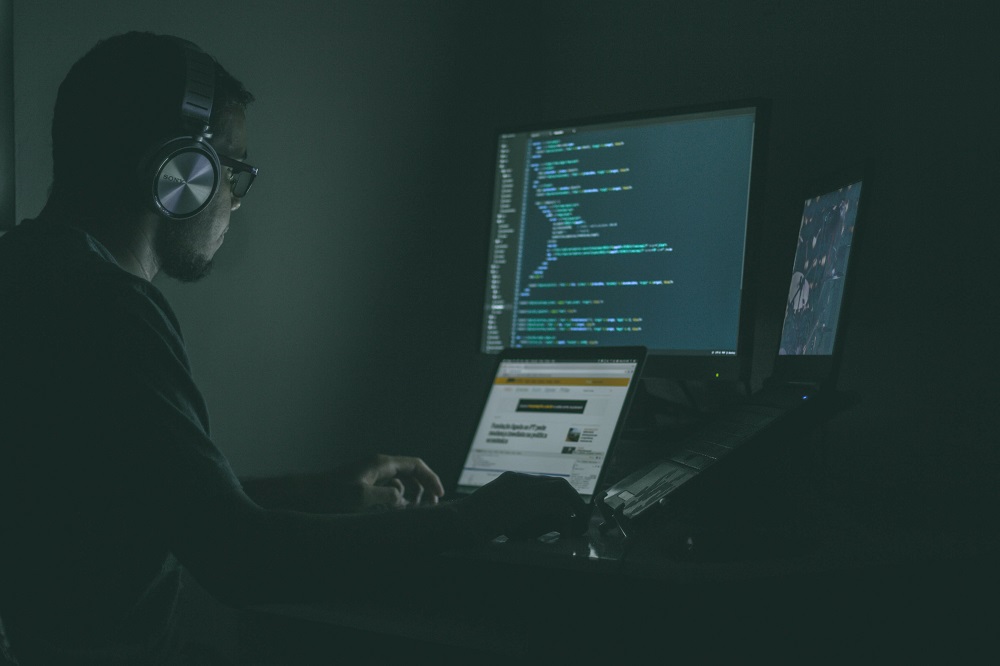
Trend 3: Government Agencies to Place Tighter Security Regulations on Cryptocurrency Firms
2022 was a year when organizations experienced a series of breaches and major losses in market value, thus sending the cryptocurrency world into a frenzy. Moving in 2023, government agencies are set to place stringent controls on cryptocurrency firms to protect investors and to fight money laundering to improve security.
With stories of data breaches and attacks caused by unclear or even a complete lack of information and data security management processes making headlines, significant financial losses and reputational damage have followed. This has impacted organizations as well as regulatory bodies. In the coming years, the industry will witness a comprehensive framework enabling investors to invest in the crypto market without any security theft.
Trend 4: A Privacy-First Approach to Data Security
In 2023, businesses are expected to witness the compliance landscape being directed by privacy rather than information security. With the growing number of privacy legislation driving the conversations, businesses and governments are exploring new avenues to achieve information security. Globally, countries are also adopting strict data privacy regulations and frameworks to shift the conversations even further toward a privacy-first approach.
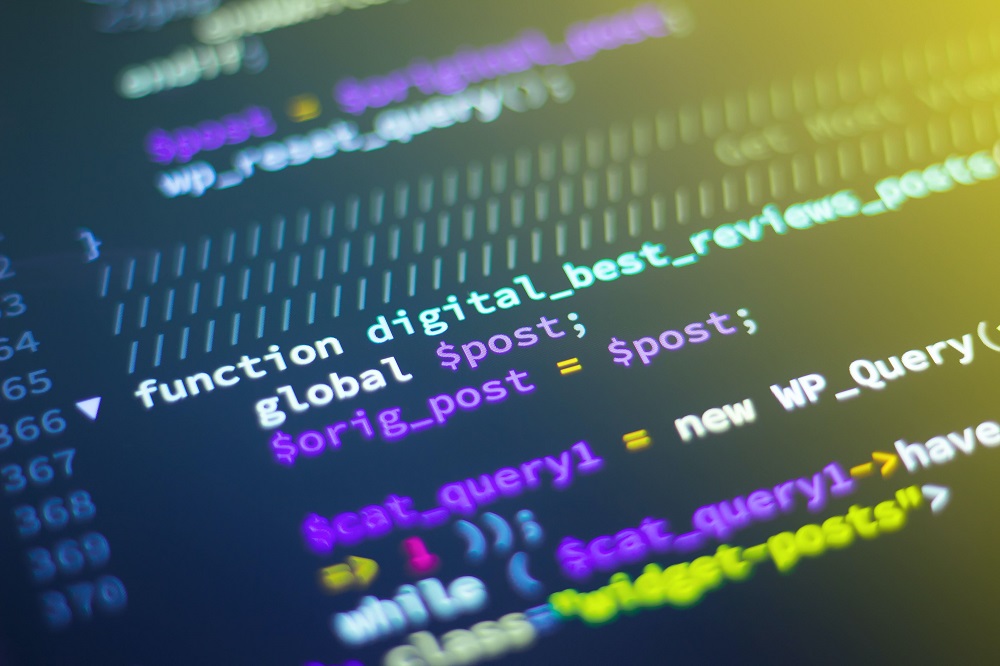
With the demand for privacy on the rise, there is a need to introduce strict measures for privacy violators. These frameworks will help in setting clear expectations to build confidentiality, integrity, and availability of data and embed strong security management behaviors across operations. Organizations need to demonstrate a privacy-first approach to their information management to set themselves apart from their competitors, thus positioning themselves as trusted organizations that are likely to benefit from the financial bottom line.
Read more: Outlook 2023: Top Strategic Technology Challenges
Trend 5: The Prominent Role of Artificial intelligence (AI) in Cybersecurity
With the number of attempted cyberattacks growing rapidly, it has become tricky for human cybersecurity experts to predict as well as react to where the most dangerous attacks will take place next. This is where artificial intelligence (AI) enters the picture. Machine learning algorithms are being employed to examine the vast amount of data traveling across networks in real-time far more effectively. It is also enabling them to learn and recognize patterns that indicate a threat. As per IBM, companies that use AI and automation are likely to detect and respond to data breaches and save an average of $3 million.
But due to the ever-growing availability of AI, hackers are growing increasingly proficient at employing Ai tools. AI algorithms are also being used to identify systems with weak security or that are likely to contain valuable data among millions of computers and networks. It can also be integrated to create a number of personalized phishing emails designed to trick receivers into disclosing sensitive data. Due to AI, hackers are becoming increasingly good at evading automated email defense systems. It has even been used to clone the voice of senior executives to authorize transactions fraudulently!
Due to this reason, the use of AI in cybersecurity is often referred to as an arms race, as hackers and security agents often race to ensure that the most sophisticated algorithms are working on their side. By 2030 experts are predicting that the AI market for cybersecurity products will be worth $139 billion.

Trend 6: Global Harmonization of Privacy & Data Regulation
2023 is expected to witness a push toward global harmonization of data privacy regulations. Aligning and harmonizing regulations will enable organizations to improve their security framework, particularly data protection, innovation, and interoperability. Harmonizing security frameworks will also offer them better access to information and data privacy for all organizations, fostering global trade. With the consistent application of data protection methods, businesses can reduce risk and build trust across supply chains as well. It will also help in minimizing data duplication by having fewer national data residency laws. And at the same time, interoperable architectures will facilitate privacy and security, a fundamental requirement for effective security.
Read more: Top Data Science Trends to Look Forward in 2023
In Conclusion
In 2022, companies started incorporating effective information and cyber security as a vital component of their business strategy. In response to the rise in cyber threats, laws governing cybersecurity practices were making it clear for organizations to be able to demonstrate information and data security practices as well as effective implementation across all facets of their business.
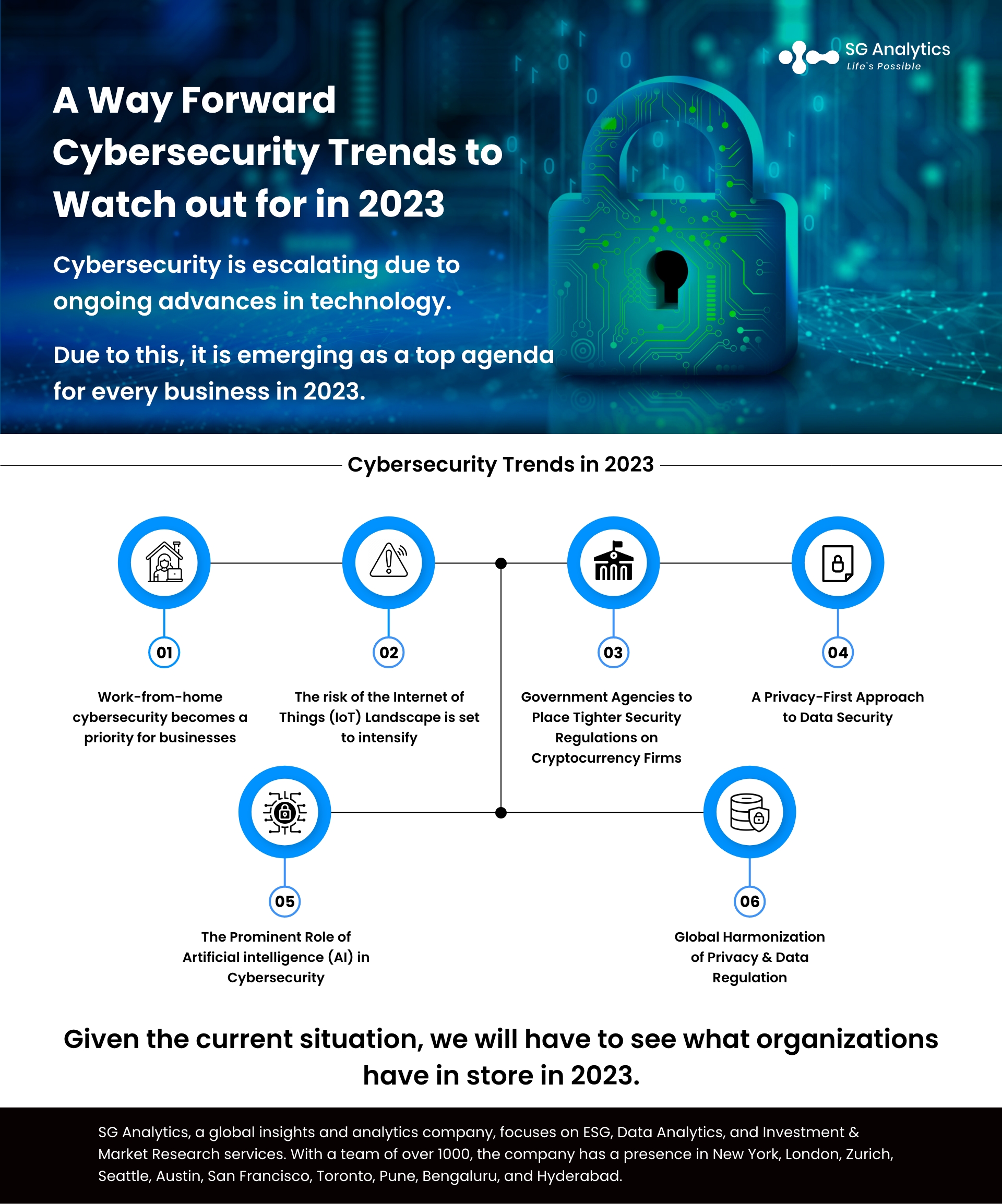
The most important step for any organization is to ensure that it is working towards initiating and fostering an awareness culture concerning cybersecurity issues. In fact, they need to develop an awareness of the threats and incorporate basic precautions to ensure safety as a fundamental part of everyone's job description.
Given the current situation, we will have to see what organizations have in store in 2023.
With a presence in New York, San Francisco, Austin, Seattle, Toronto, London, Zurich, Pune, Bengaluru, and Hyderabad, SG Analytics, a pioneer in Research and Analytics, offers tailor-made services to enterprises worldwide.
A leader in the Technology domain, SG Analytics partners with global technology enterprises across market research and scalable analytics. Contact us today if you are in search of combining market research, analytics, and technology capabilities to design compelling business outcomes driven by technology.


